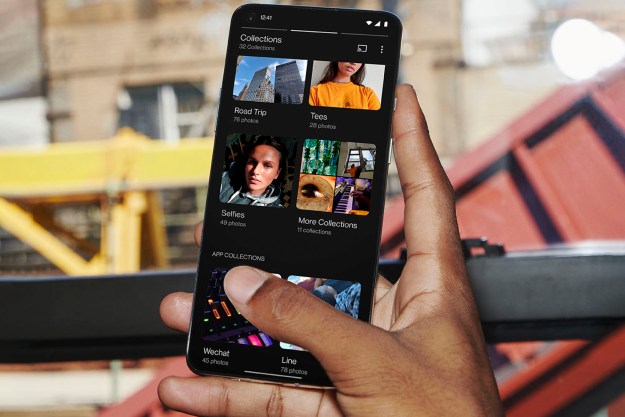Starting on the outside, the Trek 2 HD lives up to its name and features an 8-inch HD resolution display, which we assume will either have 1,280 × 720 or 1,280 × 800 resolution. Both selfie and main cameras weigh in at 5-megapixels, with dual front-facing Dolby Audio speakers pumping out sound.
A 1.5GHz octa-core Qualcomm processor powers the Trek 2 HD, with the 16GB of native storage augmented by up to 128GB through the Micro SD card slot. A 4,600mAh battery promises to deliver up to 10 and a half hours of usage, with the tablet offering 4G LTE connectivity on AT&T’s network.
Finally, the Trek 2 HD runs Android 6.0 Marshmallow out of the box, though there is no mention of an update to the upcoming Android Nougat version of the OS. It looks to be a relatively clean implementation of Google’s mobile operating system, though expect to see quite a bit of AT&T bloat.
Overall, the Trek 2 HD seems like a solid midrange offering for those not expecting the world out of their Android tablets, even though we don’t know who manufactures the device. If there is enough here to peak your interest, the Trek 2 HD will be available online and through AT&T stores starting August 5.
At that point, you can either pick up the tablet for $1 with a two-year contract, pay $7.50 per month for 20 months, or pay the upfront $150 price tag.
On a related note, AT&T raked in $40.5 billion in revenue during the second quarter, though the company lost more video subscribers than it probably wanted.
Editors' Recommendations
- If this Apple Watch Ultra 2 rumor is true, I already don’t want it
- Apple’s new M2 MacBook Pro can’t handle the heat — should you still buy it?
- Early OnePlus Nord 2T unboxing video spills every last detail
- MediaTek’s new Kompanio 1300T chip puts 5G on tablets, not phones
- The best cases for the 10.2-inch iPad (2019)


